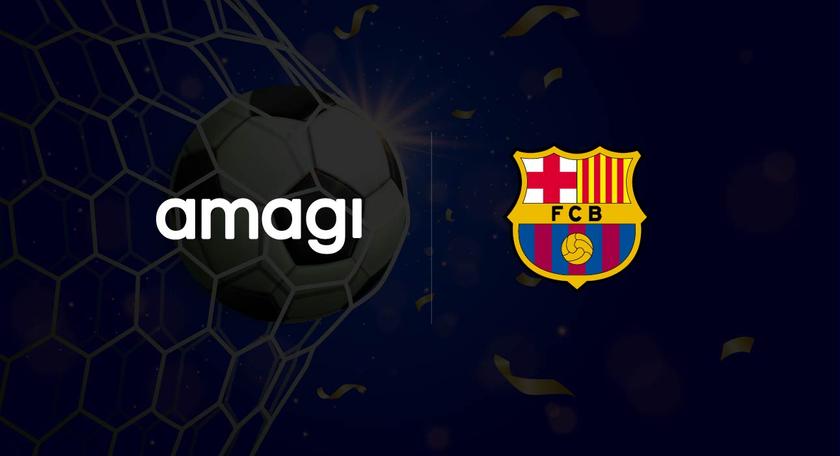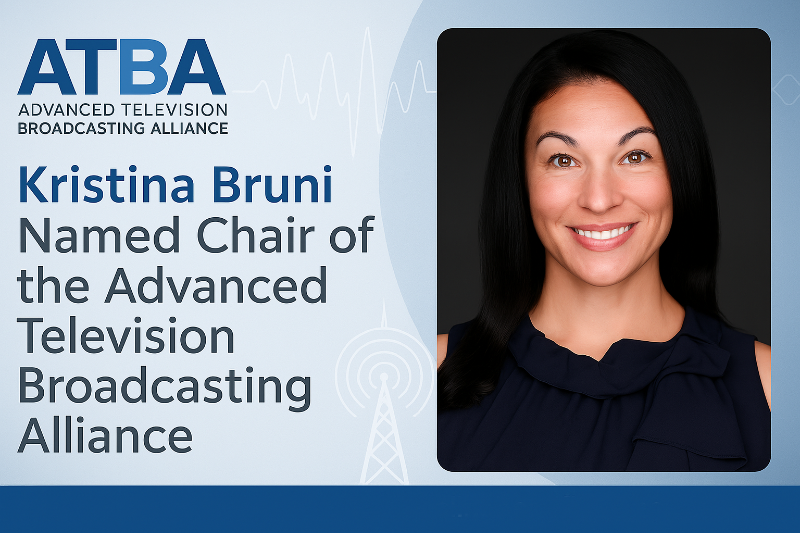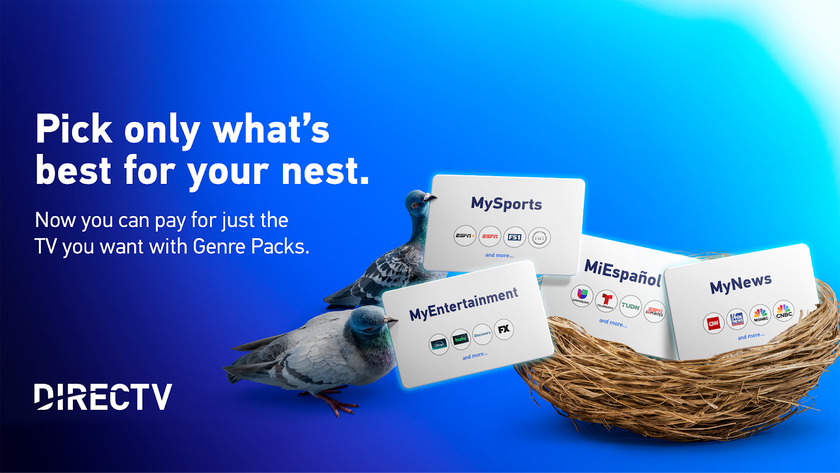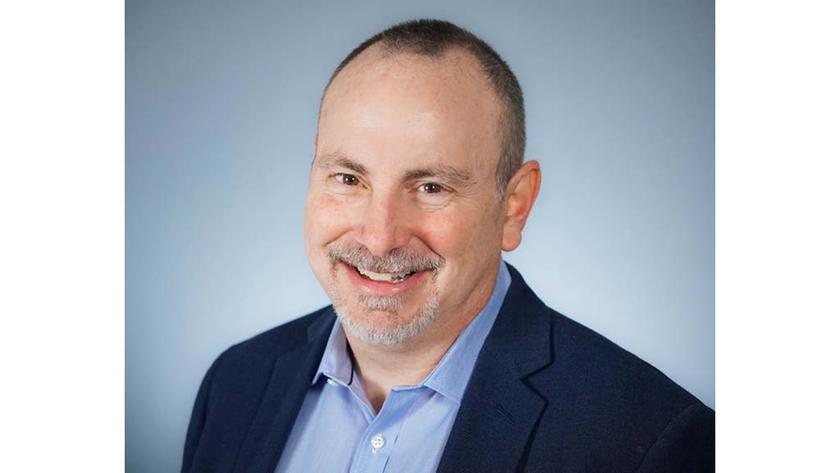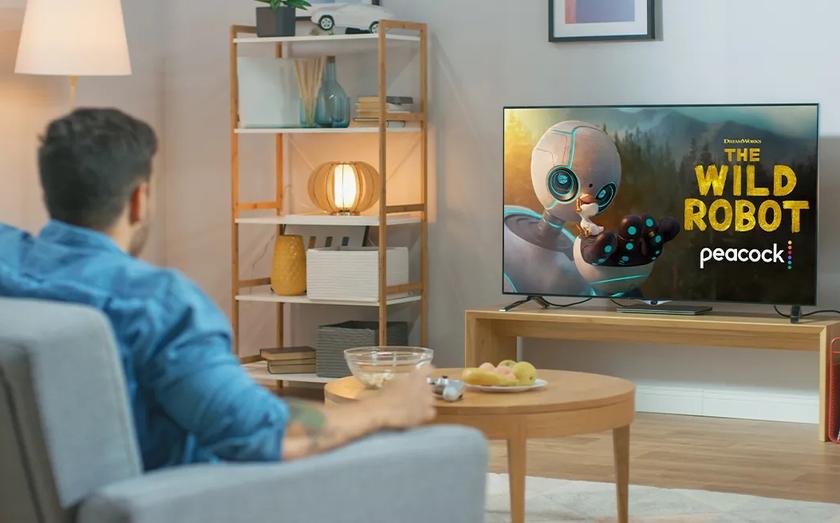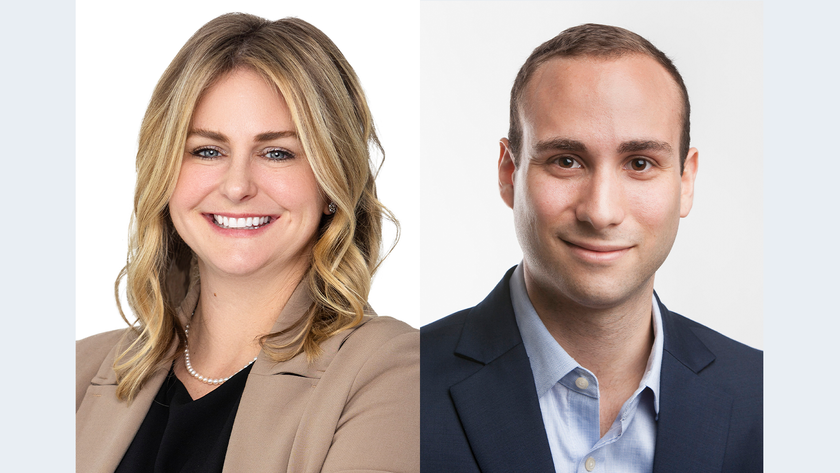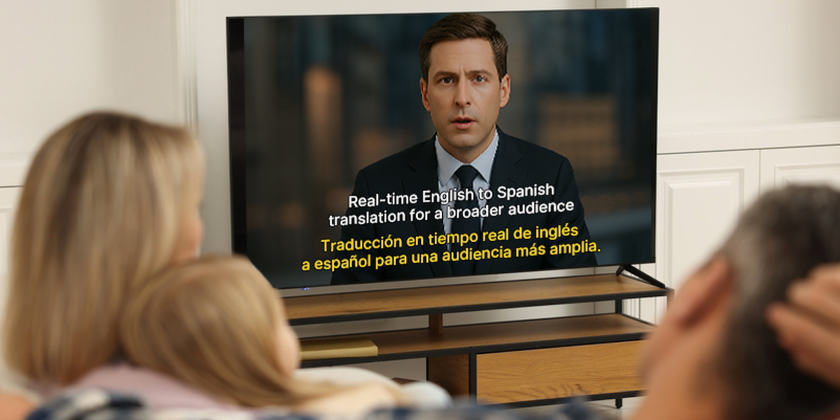Broadcasters Investigate OTT Opportunities
ALEXANDRIA, VA.—Consumers who have dropped their cable or satellite subscriptions in favor of over-the-top access to their content can use an antenna to get their local over-the-air content for free. But that’s not enough in today’s environment. For those broadcasters who want to follow the consumer to OTT, the technology is easily available, but the business models are still evolving.
“It appears that the industry is trying to bring local broadcasts to the internet, given the change to viewing habits of today’s TV content consumer,” said Jim DeFilippis, CEO of TMS Consulting, Inc., in Los Angeles.
However, some content may still need to be tailored for the right audience. “For mobile viewing, shorter content—such as news clips—is more acceptable to the mobile viewer,” he added.
While the traditional model of “if you build it they will come” may still hold true, viewers are heading towards OTT even if there is still building to be done.

Louis Gump, CEO, NewsOn
“A lot of viewers are moving to OTT and they’re not waiting for content providers to go there,” said Louis Gump CEO of NewsOn, an Atlanta-based company that provides local newscasts on OTT and mobile platforms. “The question is, are you there in a way that’s relevant to those viewers. And if you are, then you either retain and grow your user base and if you aren’t then it isn’t going to be quite as relevant to those viewers. We see it as strategically essential for a large portion of the media companies that produce long-form video, to be there, and maybe for all.”
IP EVERYWHERE
Disney Media Networks recently announced that it had signed on more than 160 stations for its landmark “Clearinghouse” initiative that could jumpstart digital distribution options for its affiliates. This will mean that ABC-owned stations—which are part of the Disney/ABC Television Group—could soon offer live programming via the ABC app, MVPDs and OTT access points to 90 percent of U.S. TV households.
Get the TV Tech Newsletter
The professional video industry's #1 source for news, trends and product and tech information. Sign up below.
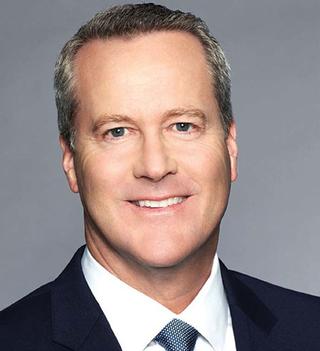
John Rouse, executive vice president, affiliate relations, ABC
“Disney/ABC has been delivering stable live local/national programming streams almost identical to OTA and MVPD feeds—to desktop, mobile and connected TVs for the last several years,” said John Rouse, executive vice president, affiliate relations at ABC in Los Angeles. “We are also in the process of transitioning our linear broadcast operation to IP so our team is both broadcast-centric and fully versed in IP, which gives us the ability to really re-think and re-invent a consumer experience that is stable for OTT platforms. We want local programming to be available to as many people in as many ways as possible.”
Across the board the industry is adapting to these changing viewing habits, and addressing the continued move by many to OTT platforms.
Richard Brandon, CMO of Edgeware, says the U.K.-based company’s customers include traditional broadcast and cable operators, as well telcos who “operate like traditional broadcasters.”
With so many different players there has been fragmentation in the delivery of content, Brandon added. As a result people are opting to pay for smaller bundles where possible and even ditching what were traditional delivery methods entirely.
LIVE FROM NEW YORK (AND ANYWHERE ELSE)
With Hulu’s recent launch of its $40 per month live TV service, it appears that the biggest change with OTT this year—the ability to handle that live content—has been overcome. This allows streaming companies to begin to operate more like the telcos and even the cable providers—not to mention the broadcasters.
“Many OTT operators in general either have started or are planning to start live streaming channels in the near future,” said Alex Holtz, director of market development for news and content delivery at Grass Valley. “Basically it is going to be a very competitive managed service that is similar to the cable and ITV businesses.”
Just as cable struck deals for the carriage of local content, so too could OTT offer that content.
“It is a natural transition,” added Holtz. “And it will in turn change the content, notably with the 24/7 news cycle. Breaking news is going to Twitter Periscope, Facebook Live and even YouTube. There is already a tremendous outreach to ‘cord cutters’ and ‘cord nevers.’ And over time you’ll see local carriage going to pure-play OTT providers.”
To accommodate local audiences, U.S. broadcasters may need to work with MVPDs and virtual MVPDs to provide an OTT-ready version of the live, linear feeds; and the MPVDs can package these channels into their OTT offerings.
“U.S. local broadcasters want and have to provide their linear channels over-the-top so that they can reach mobile viewers, but there are two main difficulties,” said Jean Macher, director of market development at Harmonic in San Jose, Calif. “From a technology standpoint, local broadcasters are too small to tackle the complexity of setting up an OTT service. From a content standpoint, local broadcasters can stream the content they produce but for content that is aired and not owned—i.e., network programming, syndication, even some ads—the rights to the content are often for over-the-air only. Thus, they cannot take their existing 24/7 linear channel and make it available over-the-top.”
Already many local broadcasters are connecting with their respective audiences in other ways, and this includes streaming live to websites and mobile apps.
“For the consumer they get alerts on their devices and that takes them to a mobile player,” said Holtz. “You click on a news story and go straight to the stream.”
REVENUE STREAMING
OTT has advantages for content providers to reach an audience even as fragmentation continues, but exactly what it means for traditional revenue streams is still being determined.
“We are seeing behavioral changes and how OTT can accommodate it,” said Ian Young, product manager at Snell Advanced Media. “What is important to note is that when a broadcaster gets into OTT, revenue may not be the primary motivator… there are new costs involved.”
These costs can include the need for IT staff, as well as different architecture and equipment. “It is sort of an inefficient way to do this as it requires different equipment, so as a company we recognize this and want to empower operational staff to keep the usual broadcast efficiency,” Young said.
At the same time, revenue streams from advertising could prove to be more effective as ad content can be more tailored to the audience.
Referring to the earlier days of streaming. “even when content was sent over the internet everyone got the same ad,” said Edgeware’s Brandon. “But now streams can be unique, and this means ads can be much more targeted to the individual. However, it takes a number of factors to get it to line up and it is more complicated than it looks at first sight.”
Metadata is an important part of the equation. “OTT provides better monetization of content through improved targeting driven by better utilization of customer metadata,” said Yuval Fisher of Imagine Communications in Dallas. “This is part of the sophisticated targeting of content that happens online, and it is now starting to happen in targeted forms of broadcast video.”
This could also provide a needed opportunity for broadcasters to get back revenue that they had been losing to online platforms, but it will require culling data from various sources.
“Today your local food chain [grocery store] may know more about you than the broadcasters,” added Brandon. “Broadcasters need to understand their audience so that they can better target the ads that streaming can provide.”
As this evolves, OTT could become another entry point for viewers to access a robust national as well a local programming experience.
“The platform we are building for delivery to OTT platforms has a great deal more functionality, including the ability to replace content in real time, dynamically insert ads, and add markers and triggers for things like cloud DVR or instant VOD,” said ABC’s Rouse.
